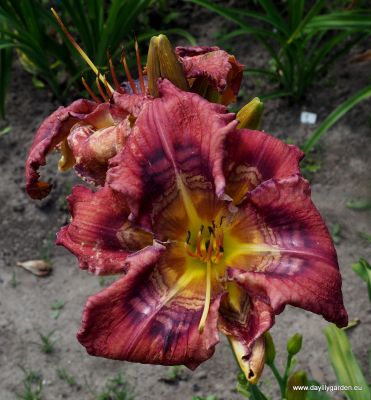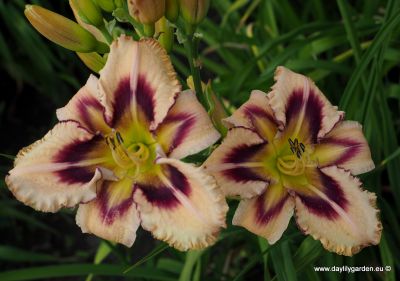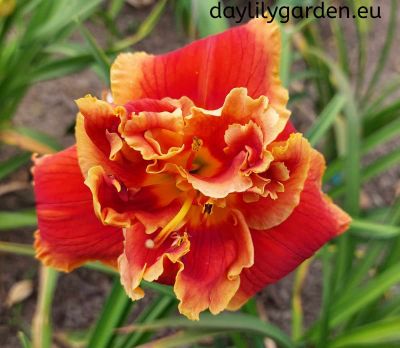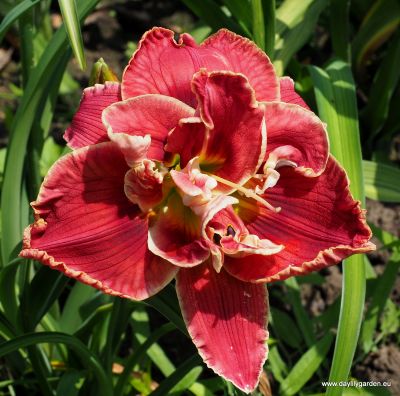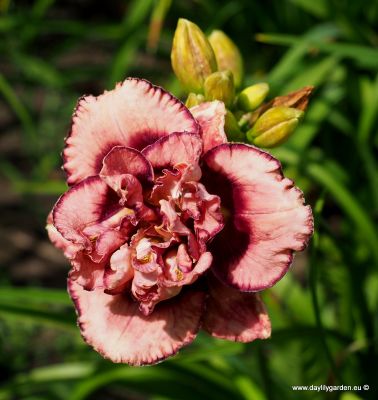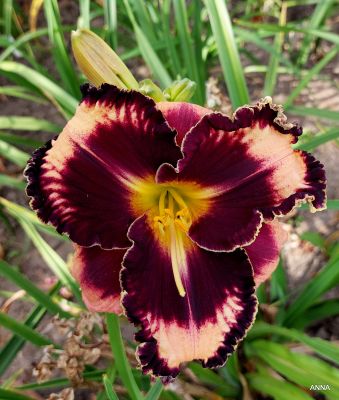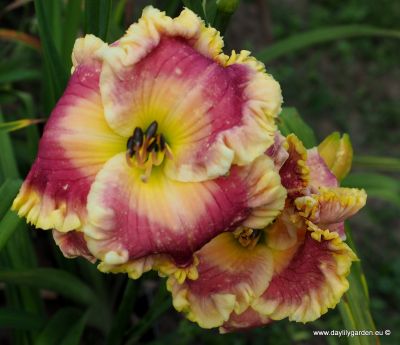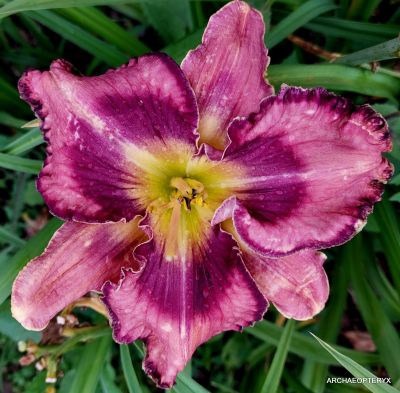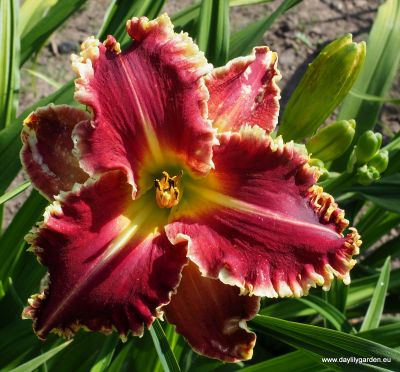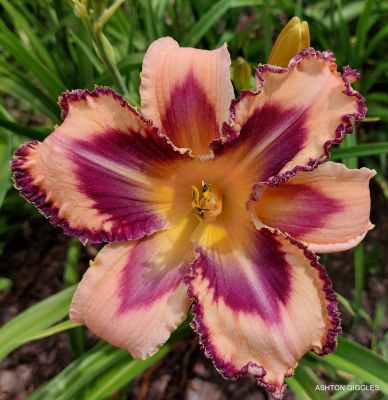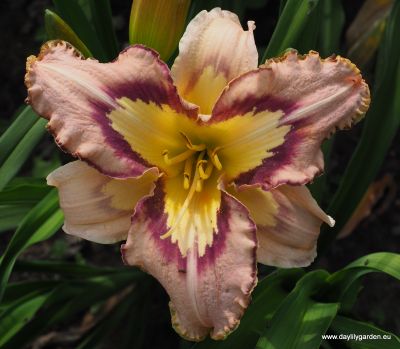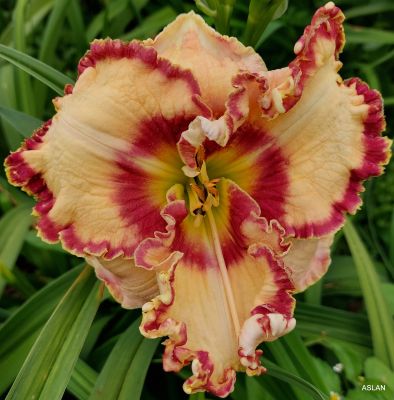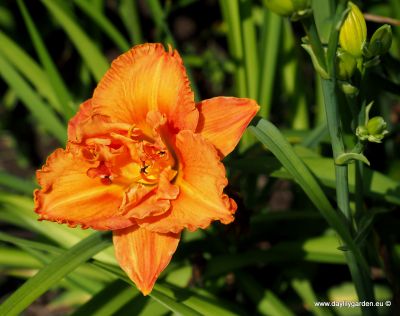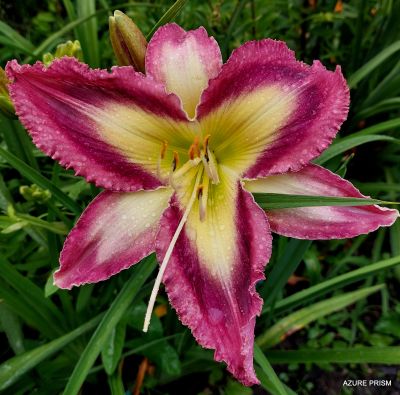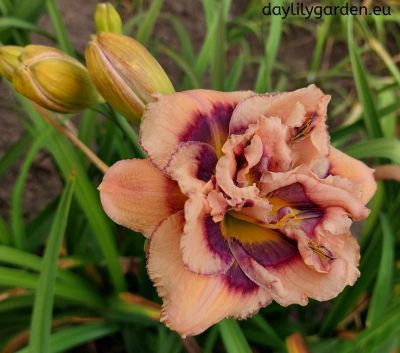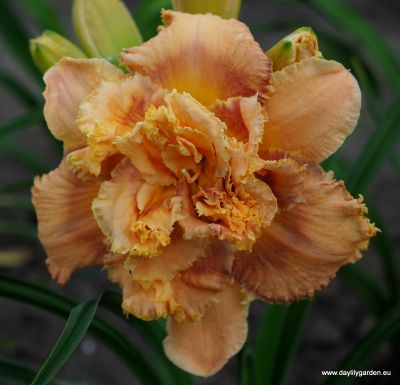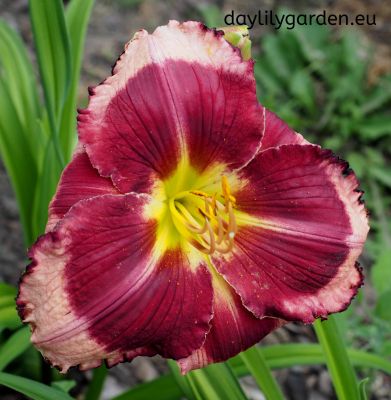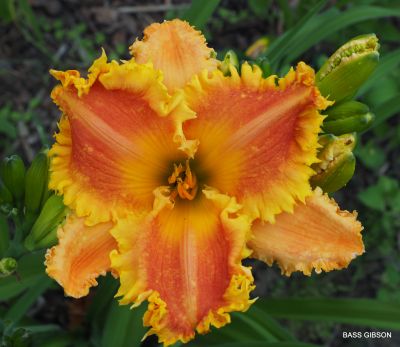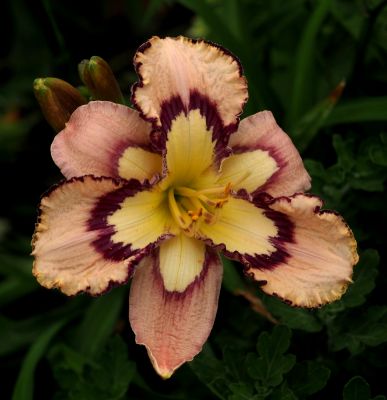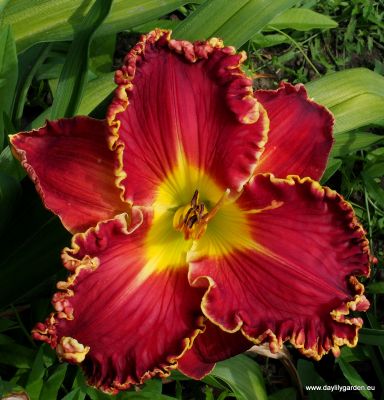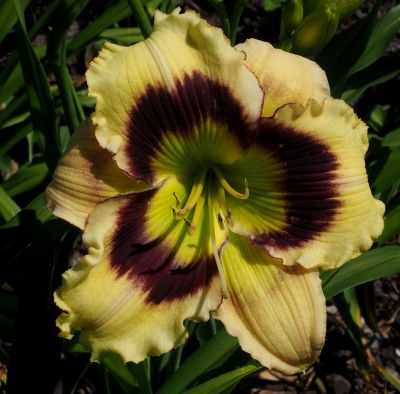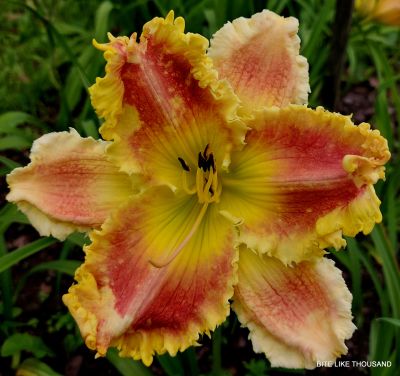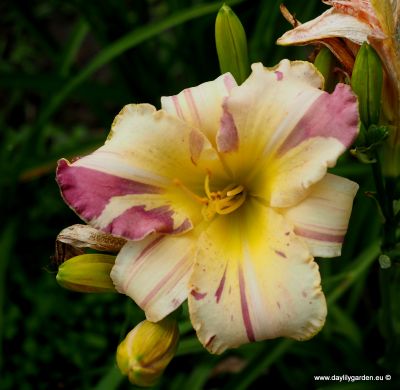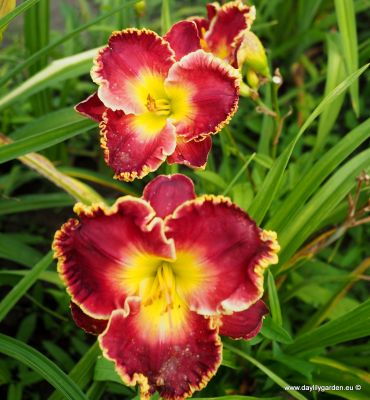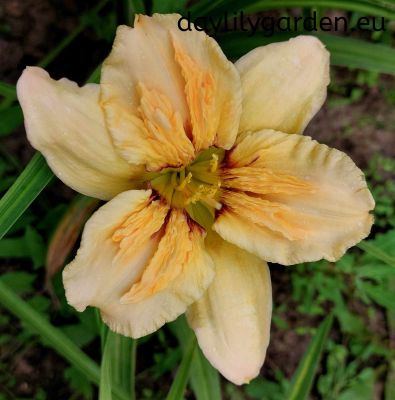
Daylilies
Daylilies are low-maintenance plants that offer a stunning variety of colors and forms. They can thrive in the same location for 10 years or more without needing to be transplanted. While they prefer sunny spots, they can also grow in partial shade. Daylilies are not fussy about soil conditions but tend to be more decorative and bloom more profusely in loose, fertile soil. However, they do not tolerate soggy or overly wet soil.
These hardy plants are resistant to cold and disease. Many varieties bloom from early July until autumn, with some reblooming in the fall. Daylilies are excellent for group plantings and look especially beautiful near pools or fountains. They also pair well with other plants in flower beds.
Available in various heights, shorter varieties are ideal for the front of a flower bed, while taller ones create a striking backdrop. Daylilies can be transplanted from early spring to late autumn.
I am selling daylilies dug up from the ground.
Daylilies (Hemerocallis) are divided into 3 groups based on their growth type:
DOR (Dormant) – These daylilies dry up their leaves in the fall. They are cold-resistant and grow best in Lithuania.
SEV (Semi-evergreen) – Semi-evergreen. In late autumn, they dry out some of their leaves, leaving small green shoots.
EV (Evergreen) – Evergreen daylilies. However, in Lithuania, their leaves freeze in winter, and need to be cleaned up in spring. This is the most sensitive group to frost, but many of them now grow and winter well in Lithuania.
Hybrid daylilies come in several types based on chromosome count, usually grown as DIP and TET. This number is not important for gardeners, but it is if you plan to crossbreed the plants.
DIP (Diploid) – Has 22 chromosomes.
TET (Tetraploid) – Has 44 chromosomes.



